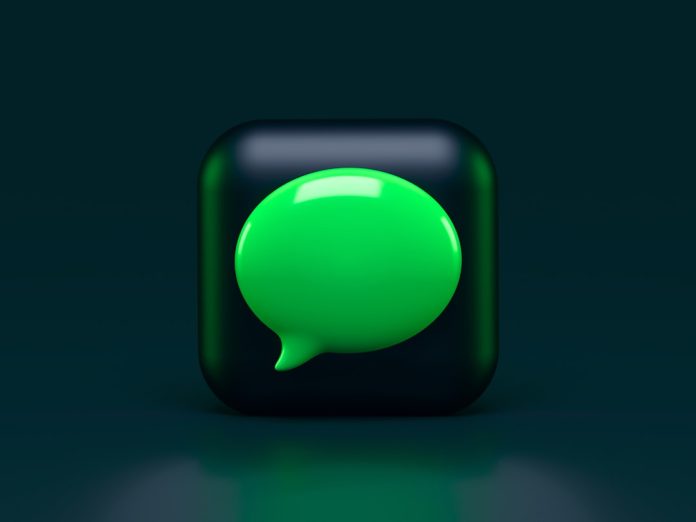Needing assistance with a product or service at 2 a.m.? You’re not alone. As our lives become more interconnected and global, the need for 24/7 customer support is more vital than ever. Whether it’s booking a flight last minute, troubleshooting a smart device, or recovering a hacked email account, quick access to help can make a huge difference. In this article, we explore the best methods to contact support swiftly and efficiently, and how to make the most of the help available to you—anytime, day or night.
Table of Contents
Why 24/7 Support Matters
We live in a digitally connected world where services operate on an almost non-stop basis. That means problems can occur at any time, regardless of your time zone or business hours. Here’s why 24/7 support has become essential:
- Global Customers, Global Clocks: Online platforms serve users from different countries, and issues don’t wait for 9-to-5 schedules.
- Always-On Technology: Devices and software are expected to be available continuously. When they fail, immediate help is crucial.
- Rise of E-commerce: Consumers shop at all hours. A hiccup during checkout at midnight? That’s lost revenue. Support needs to be available instantly.
Understanding your options when you need help fast is the key to avoiding frustration and delays. Let’s dive into how you can get the attention of customer service reps—quickly and effectively.
1. Use Live Chat for Real-Time Solutions
Live chat is now one of the most preferred methods for instant support. Found on most corporate websites, live chat typically offers the fastest route to a human representative.
- Availability: Many companies offer 24-hour live chat as their primary support channel.
- Efficiency: Adding context like order numbers or account details means less back-and-forth.
- Chatbots: While some experiences start with bots, they often escalate seamlessly to a live agent when needed.
Pro Tip: Start chat sessions via the desktop version of a site if available. These versions often offer a fuller feature set than mobile ones.

2. Go Social: Twitter and Facebook as Support Channels
In the age of social media, companies monitor their channels closely—especially Twitter and Facebook. Many brands even have dedicated handles for support (e.g., @CompanySupport).
- Fast Responses: Public visibility often prompts quicker replies to avoid a brand image hit.
- Concise Communication: Tweeting or messaging short issues results in snappy, to-the-point answers.
- Automation and Humans: Companies blend quick auto-replies with real agent follow-up.
Ensure your messages include relevant information: account name, date of purchase, or order details (without compromising sensitive data) to speed up the response process.
3. Email for Non-Urgent, Documented Communication
While not the quickest channel, email is still important for contacting support, especially when follow-ups or records are necessary. It’s often the best medium for logging a detailed issue that may require escalation.
When to use email:
- For complex problems that need detailed explanations or attachments.
- To maintain a clear record of communication.
- When time sensitivity isn’t critical.
Most companies reply within 24-48 hours, and some acknowledge receipt with automatic case numbers that you can use for tracking progress later.
4. Pick Up the Phone: Voice Support Still Matters
Though less trendy than newer methods, phone support is irreplaceable in many cases. Issues that are emotionally charged or too complicated to type out are often resolved faster over a conversation.

To streamline the call:
- Use callback options when available—it reduces hold time and increases efficiency.
- Dial at off-peak hours like early mornings or late at night when lines are less busy.
- Have your info ready: customer IDs, product serial numbers, or error messages.
Some companies use AI-based IVR (Interactive Voice Response) to direct you to the right department before you ever speak to a live agent. Listen carefully to options—they can save you significant time.
5. Mobile Apps with Built-In Support Tools
Apps no longer just provide services—they’re also a vital support lifeline. Many tech services and financial institutions now have built-in customer support chat, call scheduling, or ticketing systems right inside their mobile applications.
Benefits of in-app support tools:
- Pre-filled context: The app already has your identity, history, and sometimes open tickets.
- Secure communication: No need to re-authenticate repeatedly.
- On-the-go assistance: Perfect for travel-related problems or banking issues while mobile.
If you haven’t explored the support section of your favorite app recently, now’s the time. It may surprise you.
6. Self-Service Isn’t a Cop-Out
Sometimes, the fastest support isn’t talking to a person—it’s solving the issue yourself. Companies have made major investments in self-service systems because informed customers can often fix things faster than agents can explain solutions.
Explore these self-service tools:
- Knowledge Bases: Searchable FAQs, tutorial videos, and troubleshooting guides.
- Community Forums: Real user feedback and problem fixes.
- Automated Troubleshooting: Multi-step interactive forms designed to drill into specific problems.
For example, before calling ISP support, try the online diagnostics tool from their portal—it might solve your problem in two minutes.
7. Escalation Strategies for Ignored Requests
So what if your problem isn’t getting the attention it deserves—despite trying all these avenues? It’s time for a strategic escalation. Here’s how to nudge the system effectively:
- Reference previous case numbers in all communications—it shows continuity and accountability.
- Use executive or escalation emails: Some companies publish high-level contact info for unresolved issues.
- Leverage public forums: Sites like Trustpilot, Reddit, or even the Better Business Bureau can sometimes catalyze swift responses.
Be firm but respectful. Clarity and professionalism go a long way in escalating effectively without burning bridges.
Bonus: Tools to Help You Connect Faster
Here are a few tools that can optimize your quest for fast help:
- GetHuman.com: Helps you navigate confusing phone trees to talk to an actual human.
- Customer Service Apps: Apps like ZenDesk and Freshdesk support client-side login to track conversations and resolve tickets.
- Browser Extensions: Some offer one-click support from e-commerce sites with pre-filled issue types.
Wrapping It All Up
There may not be a universal red phone straight to support, but we’ve never had more ways to access help than we do today. Whether you’re a social media fan, an app lover, a phone caller, or a DIY problem solver, there’s a route available for you every hour of the day. The key lies in knowing the strengths of each channel and using the right strategy depending on your needs.
With a little planning and a few tools up your sleeve, you’ll never have to face a problem alone again—no matter when it strikes.
